There is much that needs to be considered when designing and constructing educational facilities. Buildings must be fit for purpose so that they can aid learning whilst ensuring proper health and safety. Work carried out must also be in line with all relevant guidelines and standards. Let’s take a closer look at architecture for the education sector and what is required.
Fire Safety in New and Existing School Buildings
Building works carried out at any school must comply with the building’s regulations that are enforced by local building-control bodies. Furthermore, “Building Bulletin 100: a design for fire safety in schools” is the normal means of compliance with building regulations for fire safety design in new school buildings.
These regulations apply to any:
- Nursery
- School
- Primary and secondary schools
- Academies
- Free schools
- Special schools
- Pupil referral units
Existing Schools
All schools are required to undertake risk assessments in order to identify general fire precautions needed for safeguarding occupants in the case of fire. This includes their safe means of escape.
Legislation in recent years has become simplified under the Regulatory Reform (Fire Safety) Order 2005. The Department for Communities and Local Government has produced a guide for schools – fire safety risk assessment: educational premises. The guide deals with the provision and management of fire safety. The appointed person will be required to ensure that procedures are in place to reduce the likelihood of fire and maintain fire detection and alarm systems. You are also required to ensure staff and pupils are familiar with emergency evacuation procedures.
Primary and Secondary School Design – Architecture for the Education Sector
Primary Schools
You can receive guidance on space standards for primary schools in Building Bulletin 103: Area guidelines for mainstream schools.
Baseline designs for primary schools have been developed by the education funding agency (EFA) to demonstrate good practice and are based on the department’s guidelines for area planning.
Furthermore, “Inspirational design for kitchen and dining spaces” further provides guidance on planning, fixtures, fittings, finishes, servicing, and environmental design within the educational sector too.
Secondary School Design
You may also find guidance on space standards for secondary schools within Building Bulletin 103: Area guideline for mainstream schools.
Similar to primary schools, baseline designs for secondary schools have been developed by the EFA in order to demonstrate good practice and are based on the department’s area and cost, and standards.
For further guidance on design for secondary schools, there is a range of earlier publications that may also be useful. These will include details regarding:
- Adjacencies between spaces
- Designing individual space
- Finishes and furniture and equipment
- Health and safety
Special Needs and Alternative Provisions
There are also a range of requirements for those with special education needs (SEN) and disabilities. All pupils should be able to access the full curriculum and be provided with appropriate support and intervention when needed.
When doing architecture for the education sector for a special school or specially resourced provision at a mainstream school, you will need to consider:
Accessibility
One way architecture for the education sector is adapting is that there must be an account taken of pupils who use mobility aids, sensory impairments or limited dexterity.
Medical and therapy support
Pupils receive various kinds of support, some of which involve visiting the health and social care professionals. For this reason, some pupils will require access to personal care facilities.
Sensory Needs
Appropriate lighting and good quality acoustics in order to take into account the needs of those with sensory impairments and communication and interaction needs.
Flexibility and adaptability
School environments are required to be flexible enough to accommodate a wide range of special needs and adaptable enough so that they can respond effectively to a changing school population.
Health and well-being
All pupils need to feel comfortable. Some may require higher room temperatures or lower light levels. A few pupils may have lowered immunity.
Security and School Safety
It is essential for school sites and buildings to protect students who may be less aware of the danger. However, schools must at the same time facilitate a student’s developing independence.
“Building Bulletin 102: Designing for disabled children and children with special educational needs” provides non-statutory guidance for design on accommodation for SEN children and those with disabilities for special; school and mainstream school projects. It includes inclusive design principles as well as guidance on individual spaces. Technical guidance is also provided on building construction, environmental services, furniture, equipment, and ICT.
Although it isn’t prescriptive, it does provide a starting point for authorities, schools, and designers to develop solutions to suit local needs. The room areas recommended in designing for disabled children and those with special educational needs are currently under review by the department.
Alternative Provisions
Local authorities organize a range of alternative provisions including for students directed by schools to off-site provisions to improve behavior. (Formerly known as PRUs)
PRUs should present a positive image to their communities and reflect the significance of their part in the education of vulnerable and disadvantaged young students.
The publication “Learning Environments in Pupils Referral Units” gives guidance as well as case study examples of effective PRU accommodation. For example, local authorities, designers and building contractors. However, you should make yourself aware that the document may not reflect the government’s current educational policy.
Acoustic, Lighting and Ventilation within Schools
Within Building Bulletin 93 (BB93) is The Department for Education’s acoustic performance standards for schools. These were published in December of 2014, superseding the 2003 BB93 edition and the “Acoustic Performance Standards for the Priority School Building Programme (PSBP), 2013.
Building Bulletin 93: Acoustic Design of Schools – Performance Standards.
BB93, 2014 is intended for designers and building control bodies. It provides performance targets for compliance with Requirements E4 of the Building Regulation on School Acoustics.
Every room or other space in a school building shall be designed and constructed so that the acoustic conditions and insulation against disturbance by noise is appropriate for its intended use.
All school buildings are subject to detailed design checks as well as on-site inspections by building control bodies.
Additionally, BB93 gives guidance on how to meet the acoustic requirements of the school premises regulations and the independent standards. Furthermore, the acoustic conditions and sound insulation of each room or space must be suitable, regarding the nature of the activities that normally take place within them.
Lighting Requirements for Schools
Back in 2013, Education Funding Agency (EFA) published the facilities output specification for the EFA contractors framework as well as the baseline design lighting strategy. More recently, the government has published the EFA daylight design guide with more up-to-date guidance on lighting design and daylight modeling for schools.
This design guide provides detailed guidance on how to carry out climate-based daylight modelling to comply with EFA facilities output specifications.
EFA lighting design standards are in line with the latest industry guidance. This includes the Society of light and lighting (SLL) and the Chartered Institute of Building Services Engineers (CIBSE).
Lighting Guide 5 (LG5) provides guidance on lighting for building services engineers. LG5 was followed by “Building Bulletin 9: Lighting Design for Schools (BB90). B90 also contains some more generalized lighting design advice for architects and clients.
Ventilation, Thermal Comfort and Air Quality
Back in 2013, EFA published the facilities output specification and bassline design ventilation strategy. Together with BB101 and the calculations tools, ClassVent and ClassCool, these documents contain key information and advice on ventilation, thermal comfort, and indoor air quality for schools.
EFA ventilation design standards are in line with the latest industry guidance from CIBSE on the prevention of overheating in the summer. This information is contained in its publications “TM52: The Limits of Thermal Comfort” as well as “KS16: How to Manage Overheating in Buildings”.
The new guidance is planned to be published by EFA for ventilation, thermal comfort, and indoor air quality in order to replace BB101.
BB101 provides information on supplying ventilation as well as avoiding overheating in school buildings to meet requirements under Approved Documents F and L of the Building Regulations.
It also included the ventilation performance standards required in teaching spaces. It is the document quotes in Approved Documents F as the mean supporting document and indicates how compliance with Building Regulations can be achieved for schools.
ClassVent and ClassCool
These tools are known as ClassVent and ClassCool can be used in the early stages of architecture for the education Sector in order to help select a ventilation strategy.
ClassVent produces preliminary sizes for ventilation openings for a range of strategies. ClassCool may also be used at the early design stages to consider ways to prevent overheating in the summer.
However, you should be aware that ClassVent and ClassCool are now only considered to be suitable for early design calculations and not for use in building control submissions.
More About Blakeney Leigh – A Construction Consultancy You Can Trust!
Established in 1986, our dedicated team here at Blakeney Leigh has been delivering high-quality building, construction, and property services to our clients for over 30 years. We use only the highest quality in terms of materials and using our knowledge and experience, ensure we meet the very latest industry standards.
We know how important safety is within a property – it should be a priority for all housing developments. And so, our team is always on hand to answer any queries and confidently handle any concerns you may have, particularly surrounding cladding which has been a seriously neglected topic. Failure to work with a reputable, established consultancy could not only see you face additional unnecessary expenses but it may also be adding significant risk to residential safety.
Are you looking to begin a home development project and want to work with a trusted, reputable construction consultancy? Contact us today here or call 020 8777 7700 and a member of our dedicated team will be more than happy to discuss your individual requirements.


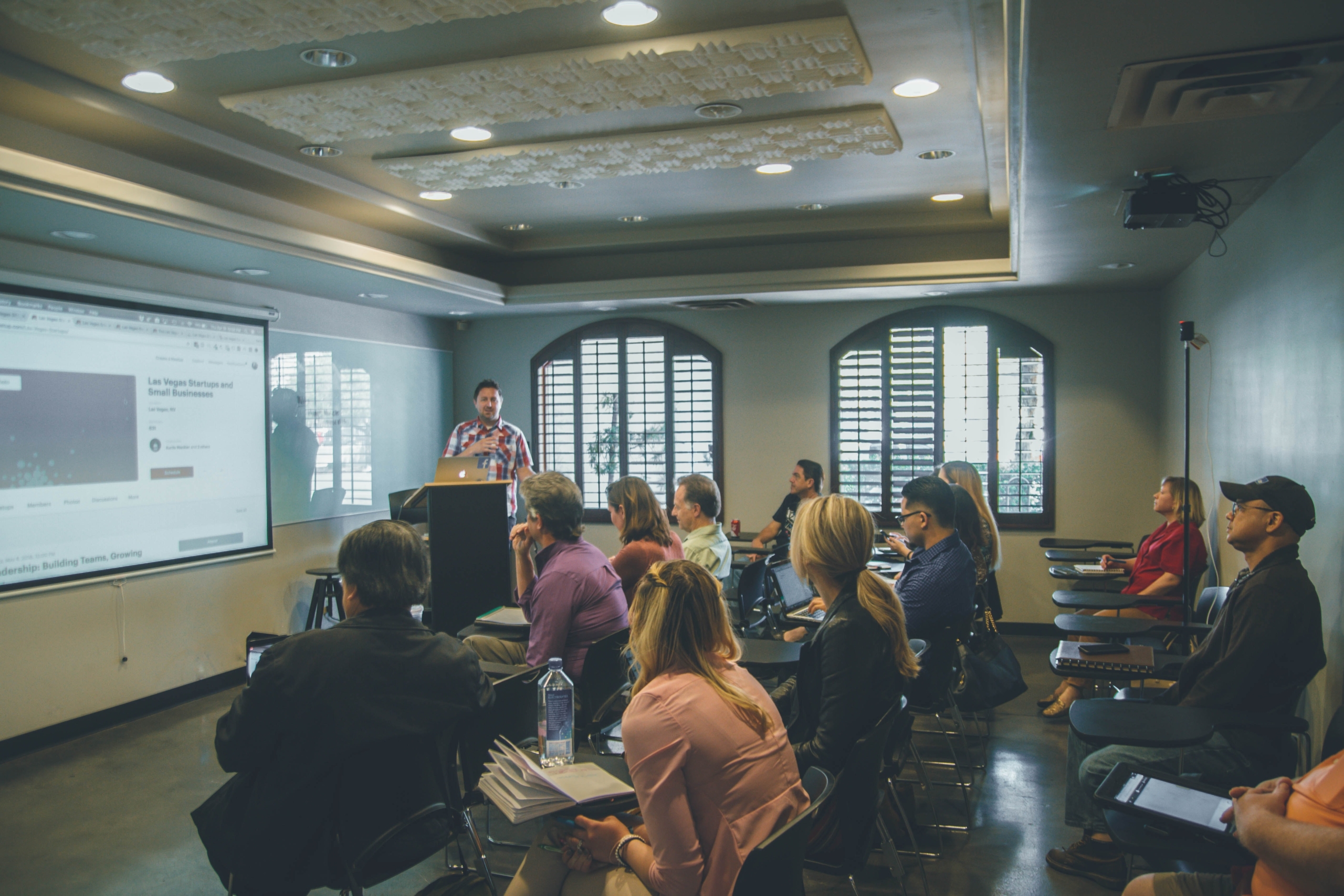
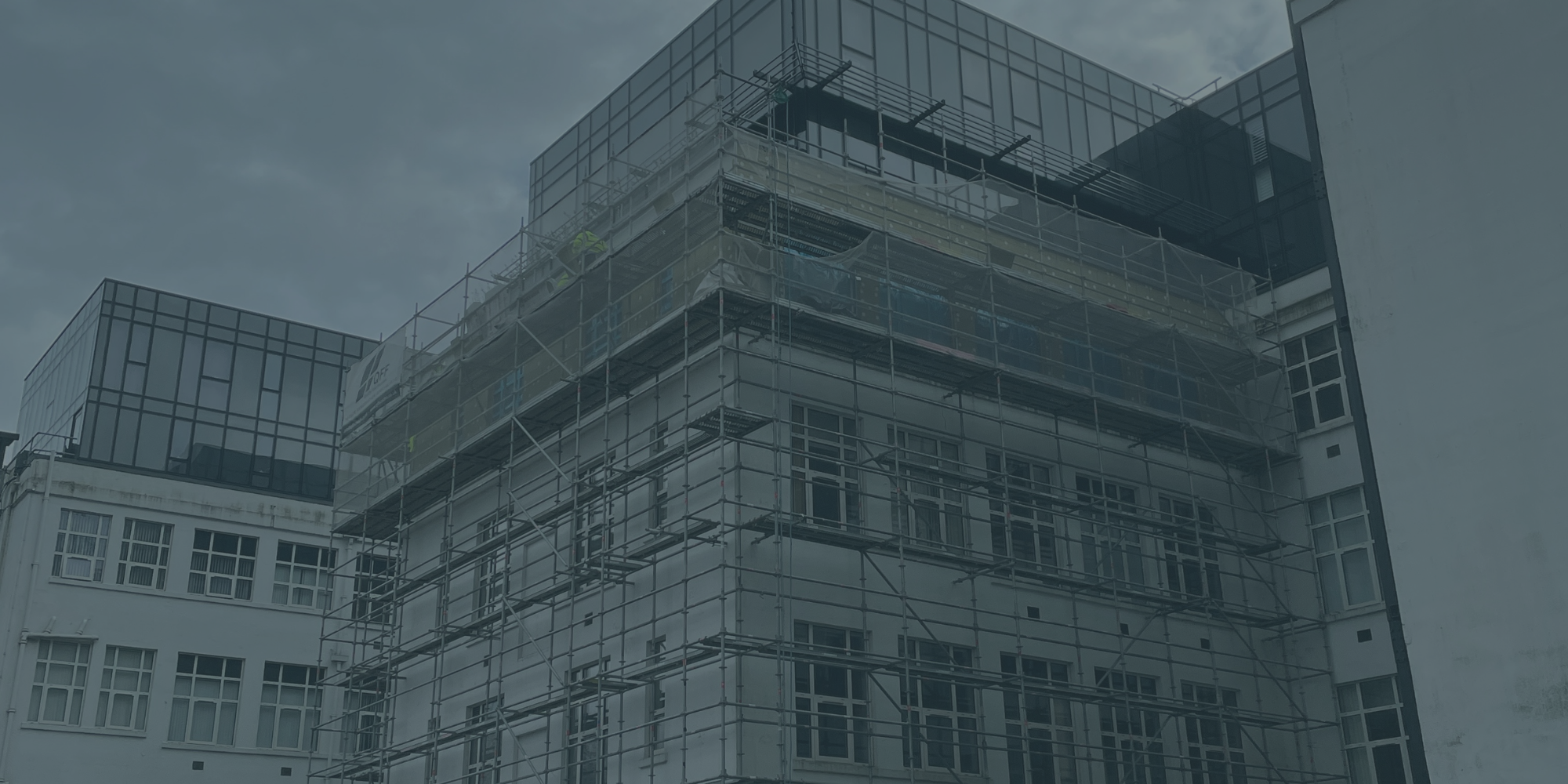

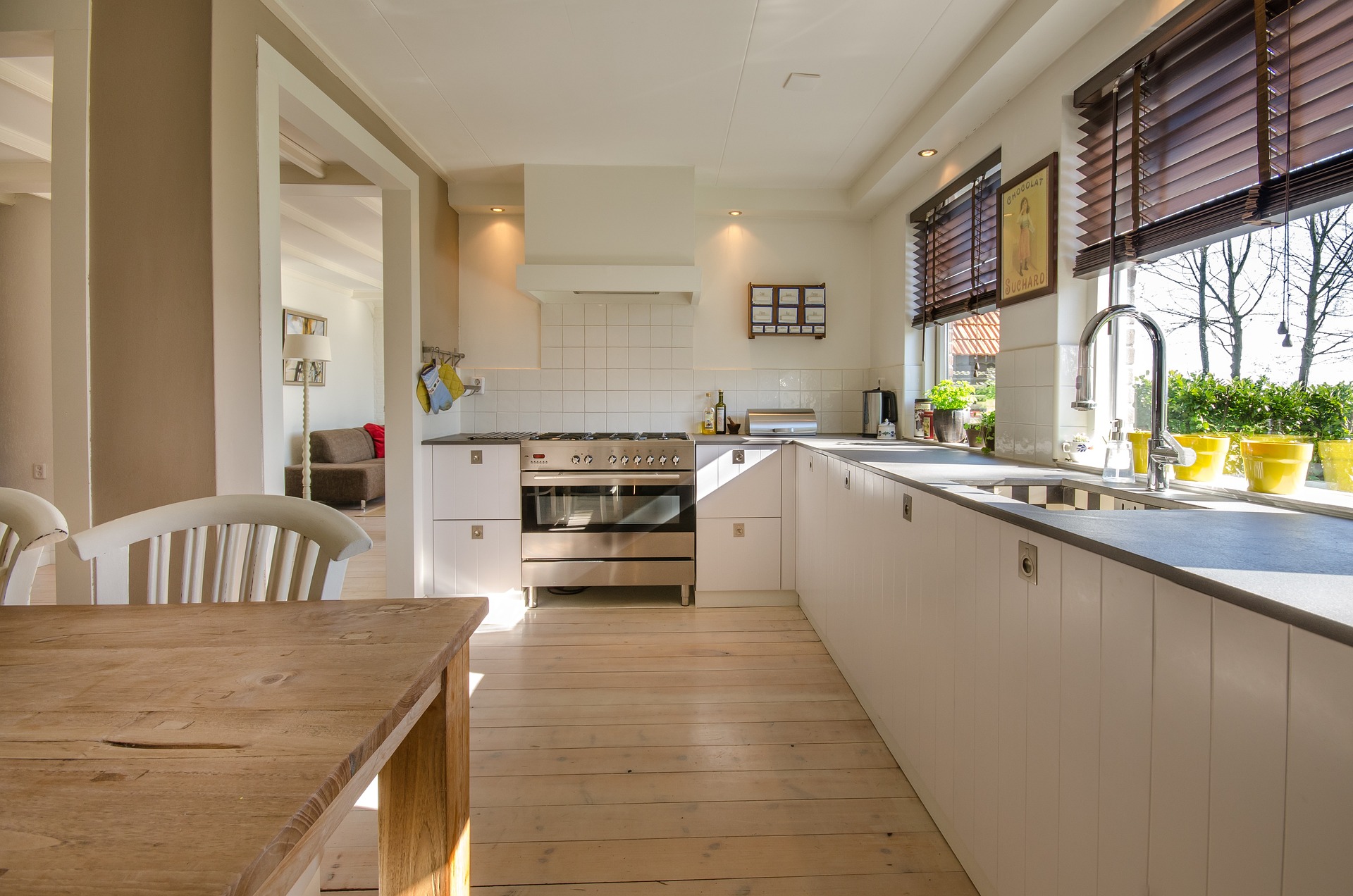
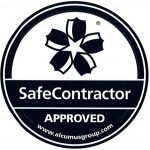

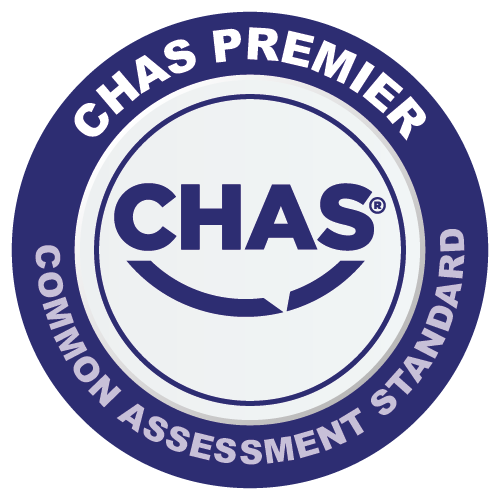
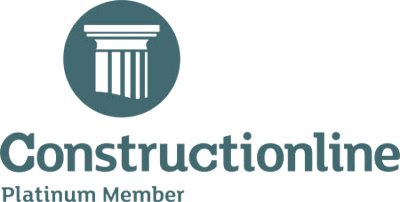


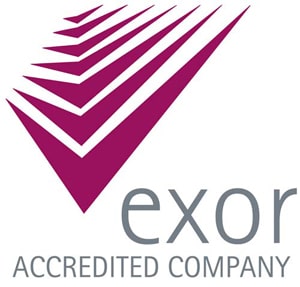

Get Social